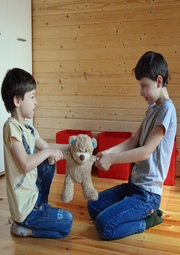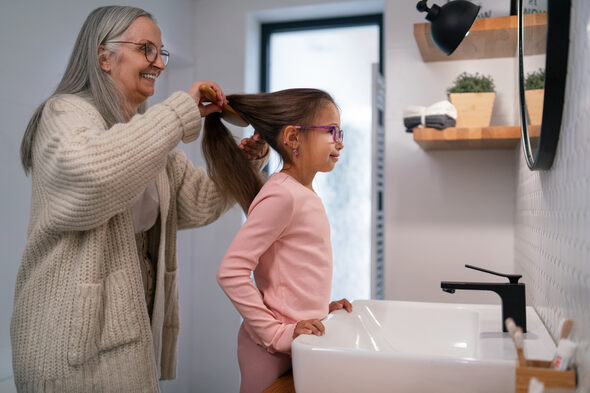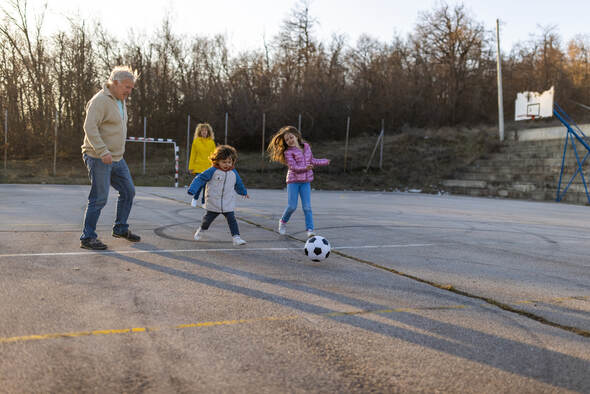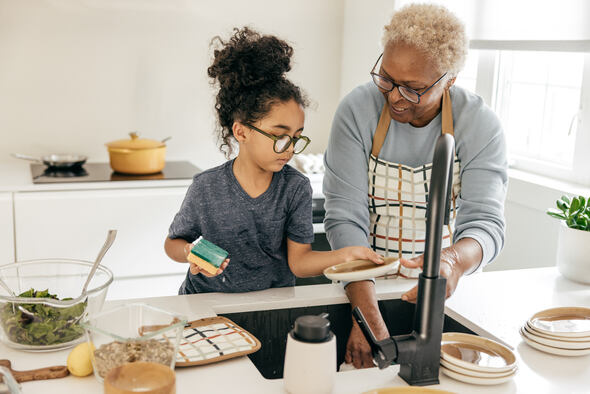What Type of Kids’ Safety Glasses Does My Child Need?
As adults participating in various activities, we are well aware of the importance of eye protection. Still, it’s easy to neglect when trimming the grass with a weed whacker or playing squash. Unfortunately, parents think even less about it for their kids. It’s not for lack of caring; rather, child eye safety is simply not promoted and is often taken for granted.
Whether your child plays sports, enjoys woodworking, or loves to get involved in a Nerf battle with their friends, fitting them out with a pair of safety glasses is a great idea. There is a wide range of kids’ safety glasses available, from cat eye glasses to more simple designs, so be sure to select a pair that has been fully tested and certified to all the required safety standards.
With so many different types on the market, how do we know which to choose? Below is everything you need to know.
Basic Kids’ Glasses
Clear, rimless safety glasses can help protect your kids’ eyes from all sorts of hazards – look for models that are scratch-resistant and have been fully tested to be ballistics resistant and feature an anti-glare coating. It’s a good idea to choose a pair for your child that’s lightweight, too, to ensure wearing comfort – the last thing you want is for your kid to pull them off as they feel too heavy or are pinching. If sizing or standards are confusing, a trusted local optometrist can confirm certifications and ensure a comfortable fit.
Glasses should also offer UV protection if they’ll be worn outdoors—sunlight can be just as harmful as flying debris. Some models even come with adjustable straps or flexible arms, making it easier for kids to keep them on during active play. Choosing these small upgrades now can mean big peace of mind later.
Kids’ Safety Goggles
If your child’s eyes need an additional level of protection, goggles are likely to be the way to go. Goggles provide protection in the classroom science lab, during water play, Nerf battles, and much more – and give parents peace of mind, too. By sealing off the area around the eyes entirely, there’s no risk of a nasty or irritant of any kind finding its way into your little one’s eyes.
Good quality kids’ safety goggles will be scratch resistant, offer a wide field of vision, and feature a soft silicone seal to fit comfortably on your child’s face. Ideally, look for an anti-fogging option to prevent the lens from misting up. You’ll find goggles in lots of different colors, so you can choose the shade that’ll best appeal to your kid – meaning they’ll hopefully be more amenable to wearing them!
Blue-Light Blocking Safety Glasses for Kids
The blue light emitted from our devices can be a menace, causing problems such as sleep disruption and even exacerbating hyperactivity – this can be a particular issue for kids with ADHD or who are otherwise neurodiverse.
Blue-light-blocking glasses for kids feature orange lenses that are effective in blocking out the majority of this harsh blue light, which can also cause eye fatigue.
Nerf Gun Compatible Kids’ Safety Glasses
If your child loves nothing more than getting involved in a Nerf battle with their friends, then Nerf-compatible safety glasses are a must! This type of eyewear comes in different colors to identify which team each child is on – and looks cool, too.
Ideally, Nerf-compatible glasses should have anti-fog lenses, be in a wraparound style, and feature soft sponge edges for comfort no matter how long the battle lasts. These kinds of kids’ safety glasses are often suitable for other activities such as cycling, skiing, lab work, woodworking, construction, and more, too.
Kids’ Protective Face Shields
For face coverage that extends beyond the eyes, consider a protective face shield. Typically featuring a strap that goes around the forehead, to which is attached a single piece visor to cover the face; these types of shields are often reusable. You may wish to choose a protective face shield that incorporates a slide adjuster so you can easily ensure a snug, comfortable fit and firm foam pad designed to provide a suitable space between the strap and your child’s forehead.
Kids Sports Glasses
When training for and playing sports like football, hockey, and basketball, kids are likely to need a little bit of extra protection for their eyes, and that’s where sports glasses come in. Tough, lightweight, and impact-resistant, sports glasses usually incorporate a strap to keep them securely in place so there’s no risk of them flying off during a game. As with many of the other types of safety glasses on this list, sports glasses can usually be fitted with prescription lenses if necessary.
Cycling Safety Glasses for Kids
For outdoor sports such as cycling and running, your child will need protective eyewear that will eliminate glare and protect their eyes from the sun’s harmful rays. In terms of the latter, look for glasses that incorporate 100% UVA and UVB protection.
Ideally, choose glasses that feature soft, adjustable silicone nose pads to achieve the best fit and comfort level, anti-slip arms, and durable, lightweight frames.
Safety Eyewear that Fits Over Glasses
If your child wears prescription glasses but needs safety eyewear, you have a couple of options. You can either choose safety glasses that can be fitted with prescription lenses or opt for a type of safety eyewear that can be worn over the top of their regular glasses.
If you decide on the latter, take care to ensure that these ‘over glasses’ fit comfortably, and don’t put too much pressure on your child’s prescription glasses or cause pinching.
Choosing the Right Safety Glasses for Your Child
When choosing safety glasses, it’s most important to ensure that the pair adheres to all the necessary safety regulations and, where appropriate, has all the relevant certifications.
There is a huge range of kids’ safety glasses available, so whether your child is a sports fanatic, an avid Nerf warrior, or could do with some specs to cut down on eye fatigue, you’ll be able to find the perfect pair.













